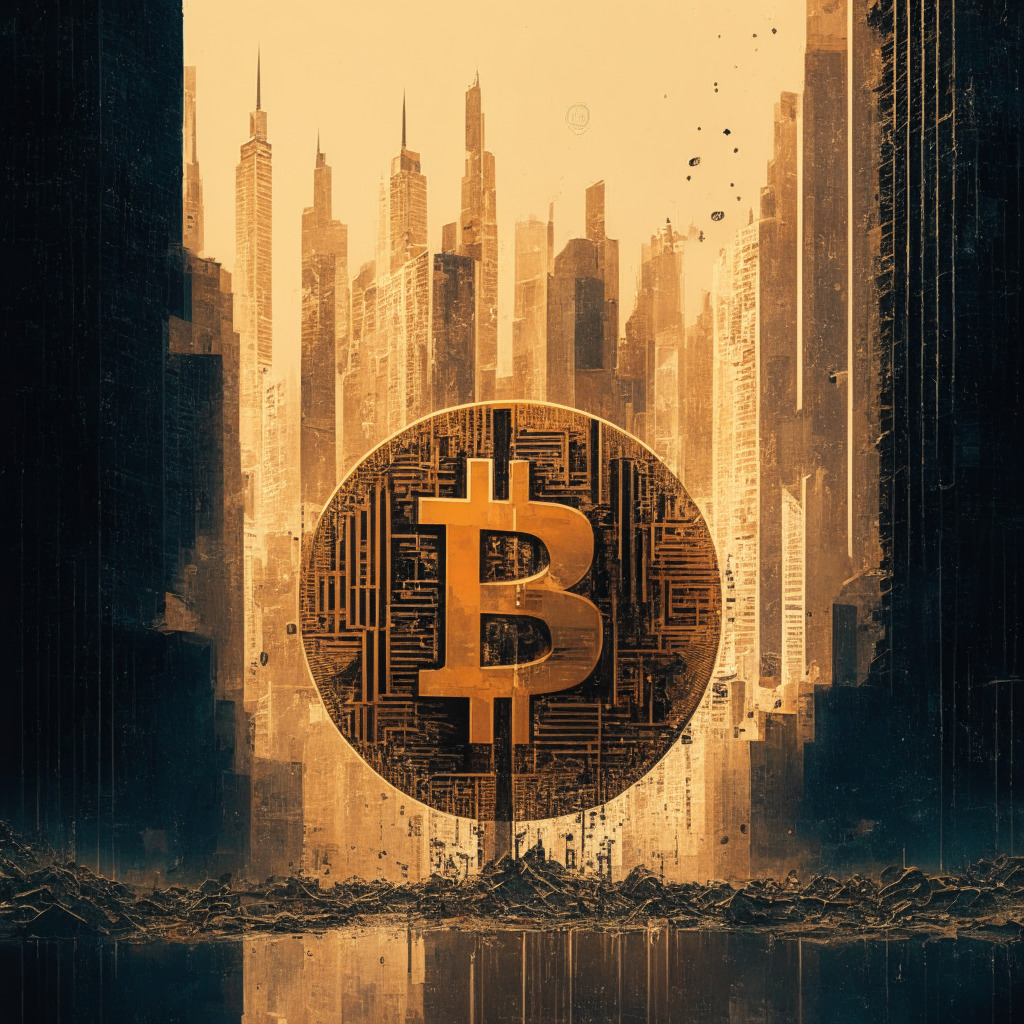The blockchain revolution has garnered the attention of enthusiasts and skeptics alike, with numerous individuals recognizing its potential for both disruption and advancement. In a recent article on Cointelegraph, an intriguing discussion emerged regarding the future of this technology, the nature of its markets, and the measures taken to ensure safety and adaptability.
Blockchain technology has made remarkable strides since the inception of Bitcoin in 2009. Many see blockchain as a key enabler for greater transparency and decentralization, allowing communities and businesses to collaborate and transact with ease and trust. A prime example of this is the rise of decentralized finance (DeFi) platforms, which aim to revolutionize traditional financial systems through blockchain-enabled products and services.
However, the fervor surrounding the prospects of blockchain has not gone without its share of skepticism. Critics argue that the technology’s potential may be overstated or that elements of it may contribute to undesirable consequences. For instance, blockchain’s encryption techniques and immutable ledger facilitate private and secured transactions, but can also help bad actors maintain anonymity when conducting illicit activities.
Moreover, the current ecosystem seems to be dominated by a few major players, such as Binance and coinbase, which often attract regulatory scrutiny. This has led to uncertainty and increased volatility for investors, a key aspect of the blockchain debate. Although proponents argue that regulatory restrictions will eventually stabilize the market, detractors contend that these regulations may stifle innovation and growth, ultimately hindering the technology’s potential.
Besides regulatory concern, there is a discourse surrounding safety and the potential risks of putting money into a relatively new technology. While the market’s explosive growth has presented numerous profitable opportunities, it also reveals potential vulnerabilities to scams and cyberattacks. The 2018 Cryptopia hack and the DeFi flash-crash events exemplify the need for investors to remain cautious and well-informed about the projects they support.
As the world becomes increasingly digitized, the relevance of blockchain technology appears certain, but the complexities and controversies that accompany it are equally undeniable. The pathway to mass adoption will undoubtedly be fraught with challenges, and there remains a fair amount of skepticism in regard to the technology’s ultimate impact. Regardless, the general consensus is that adaptability, diligence, and collaboration within the community are crucial in unlocking the full potential of blockchain.
In conclusion, the future of blockchain technology will be shaped by the collective efforts made by both its proponents and critics. While the possibilities of a more transparent, efficient, and decentralized financial system are enticing, they come with a degree of caution and responsibility. Open discourse and skepticism can serve as beneficial checks and balances, ensuring that the potential drawbacks are thoroughly examined and, if necessary, addressed. This equilibrium is key to facilitating the successful and sustainable evolution of blockchain technology and its markets.
Source: Blockworks




